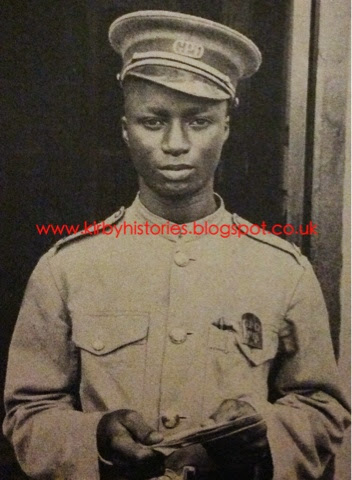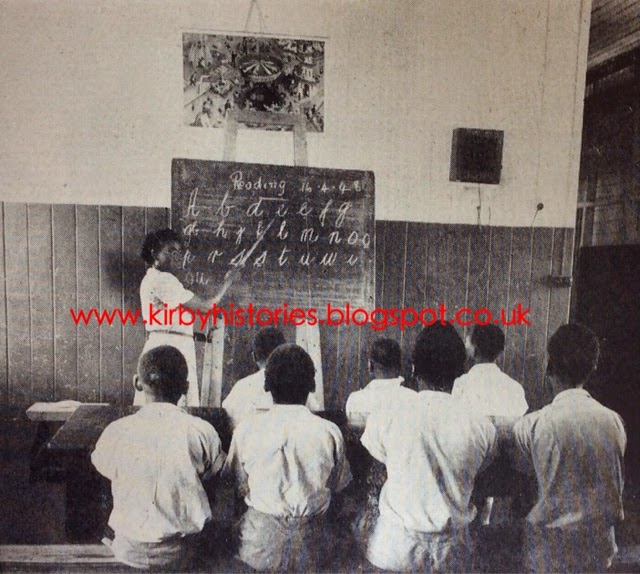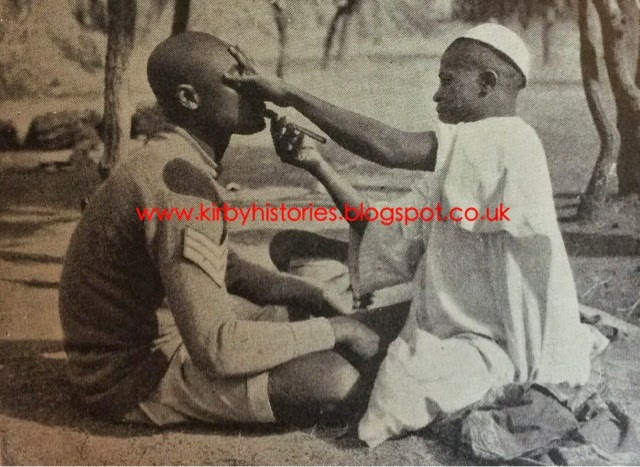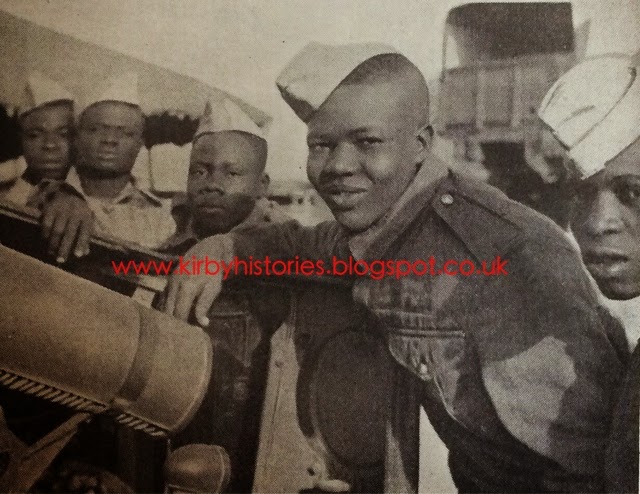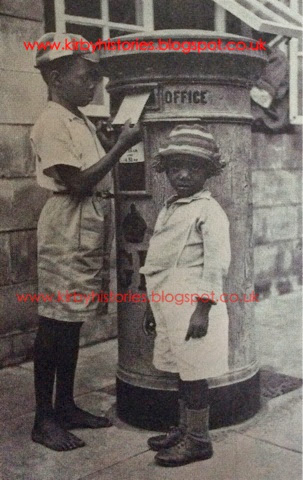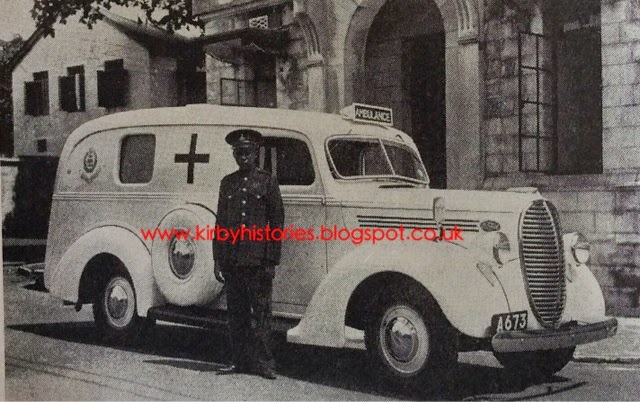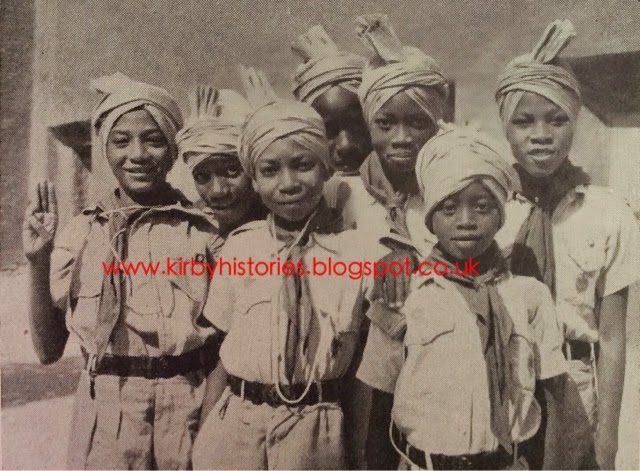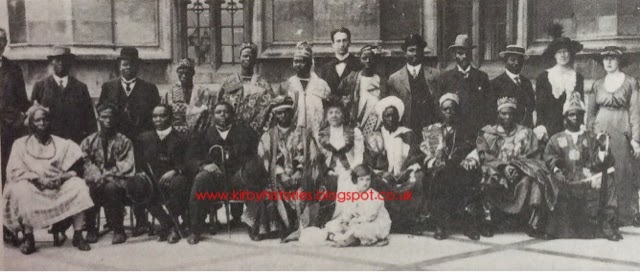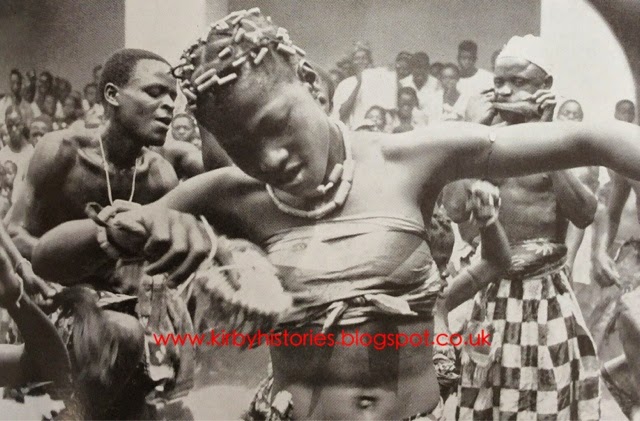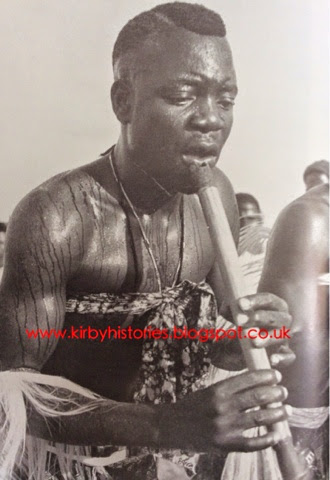Nigeria’s system of juvenile justice, is modeled after the British system, it was established in 1914, although it has been modified in various locations to accommodate local customs. Juvenile offenders are legally defined as those aged 7 to 17, and they are subject to the authority of the juvenile court.
1948 - Here are a few pictures demonstrating some of the processes a juvenile will go through before his appearance in court
1. Young boy arriving at the remand home.
The inspector who is charge of the "Special Children's Police Branch" hands over the remanded boy to the warden of the remand home, together with the remand warrant signed by the magistrate. During the time the boy resides in the home, the warden will study his manner and will report on him to the Probation Officer who is preparing a comprehensive report for the court.
2 Cooking and grinding
The boys carrying out, under supervision, all the domestic duties of the remand home. The kitchen is a popular place to work in for obvious reasons.
3 Schooling at the remand home
Since the boys only stay in the remand home for a few weeks, the aim is to occupy them and improve them as much as possible in the time . Their day is taken up with domestic duties, gardening, schooling and leisure time recreation
4 The Magistrates of the Juvenile court
When a youth is brought before a Juvenile Court. The proceedings do not take place in public. The environment is informal so the child may talk freely without fear. There is no dock or witness box. The Chairman always sits with two lay Magistrates, a man and a woman. They are specially selected because of their knowledge of local conditions and interest in the welfare of children.
(Sitting beside the Chairman is Mrs Agbaje and A. Kudeyinbu II, Chief Bajulaiye)
Nigerian Magazine




